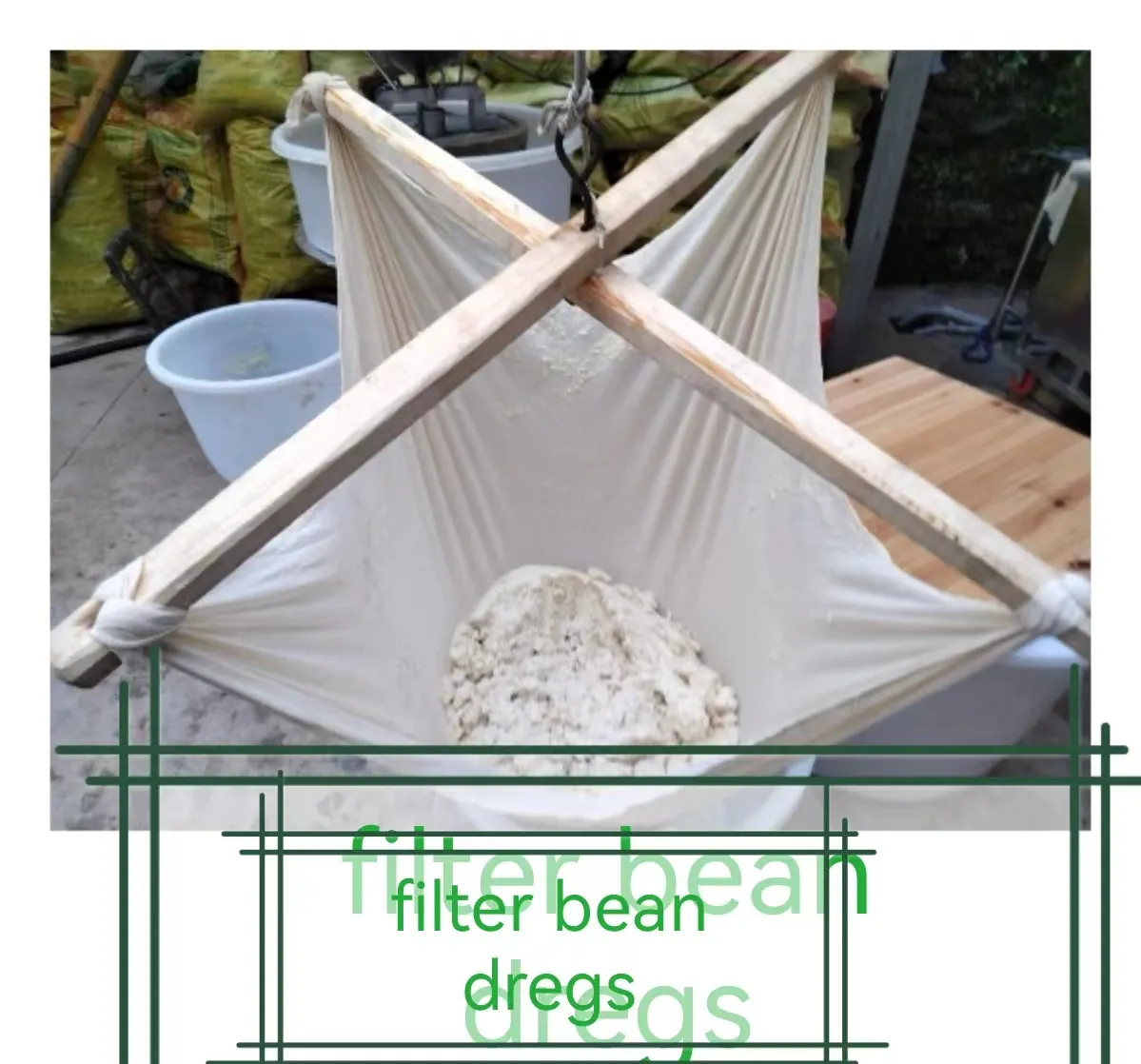-
 Afrikaans
Afrikaans -
 Albanian
Albanian -
 Amharic
Amharic -
 Arabic
Arabic -
 Armenian
Armenian -
 Azerbaijani
Azerbaijani -
 Basque
Basque -
 Belarusian
Belarusian -
 Bengali
Bengali -
 Bosnian
Bosnian -
 Bulgarian
Bulgarian -
 Catalan
Catalan -
 Cebuano
Cebuano -
 China
China -
 Corsican
Corsican -
 Croatian
Croatian -
 Czech
Czech -
 Danish
Danish -
 Dutch
Dutch -
 English
English -
 Esperanto
Esperanto -
 Estonian
Estonian -
 Finnish
Finnish -
 French
French -
 Frisian
Frisian -
 Galician
Galician -
 Georgian
Georgian -
 German
German -
 Greek
Greek -
 Gujarati
Gujarati -
 Haitian Creole
Haitian Creole -
 hausa
hausa -
 hawaiian
hawaiian -
 Hebrew
Hebrew -
 Hindi
Hindi -
 Miao
Miao -
 Hungarian
Hungarian -
 Icelandic
Icelandic -
 igbo
igbo -
 Indonesian
Indonesian -
 irish
irish -
 Italian
Italian -
 Japanese
Japanese -
 Javanese
Javanese -
 Kannada
Kannada -
 kazakh
kazakh -
 Khmer
Khmer -
 Rwandese
Rwandese -
 Korean
Korean -
 Kurdish
Kurdish -
 Kyrgyz
Kyrgyz -
 Lao
Lao -
 Latin
Latin -
 Latvian
Latvian -
 Lithuanian
Lithuanian -
 Luxembourgish
Luxembourgish -
 Macedonian
Macedonian -
 Malgashi
Malgashi -
 Malay
Malay -
 Malayalam
Malayalam -
 Maltese
Maltese -
 Maori
Maori -
 Marathi
Marathi -
 Mongolian
Mongolian -
 Myanmar
Myanmar -
 Nepali
Nepali -
 Norwegian
Norwegian -
 Norwegian
Norwegian -
 Occitan
Occitan -
 Pashto
Pashto -
 Persian
Persian -
 Polish
Polish -
 Portuguese
Portuguese -
 Punjabi
Punjabi -
 Romanian
Romanian -
 Russian
Russian -
 Samoan
Samoan -
 Scottish Gaelic
Scottish Gaelic -
 Serbian
Serbian -
 Sesotho
Sesotho -
 Shona
Shona -
 Sindhi
Sindhi -
 Sinhala
Sinhala -
 Slovak
Slovak -
 Slovenian
Slovenian -
 Somali
Somali -
 Spanish
Spanish -
 Sundanese
Sundanese -
 Swahili
Swahili -
 Swedish
Swedish -
 Tagalog
Tagalog -
 Tajik
Tajik -
 Tamil
Tamil -
 Tatar
Tatar -
 Telugu
Telugu -
 Thai
Thai -
 Turkish
Turkish -
 Turkmen
Turkmen -
 Ukrainian
Ukrainian -
 Urdu
Urdu -
 Uighur
Uighur -
 Uzbek
Uzbek -
 Vietnamese
Vietnamese -
 Welsh
Welsh -
 Bantu
Bantu -
 Yiddish
Yiddish -
 Yoruba
Yoruba -
 Zulu
Zulu
anti hail net
The Benefits of Anti-Hail Nets in Agriculture
In the unpredictable realm of agriculture, farmers constantly battle various natural challenges, with hailstorms being one of the most destructive. Hail can cause significant damage to crops, leading to reduced yields and serious financial losses. To combat this threat, many farmers have turned to the innovative solution of anti-hail nets.
The Benefits of Anti-Hail Nets in Agriculture
One of the primary advantages of anti-hail nets is their cost-effectiveness in the long run. Although the initial investment may be substantial, the protection they offer can prevent catastrophic losses that might arise from a severe hailstorm. By mitigating damage, these nets allow farmers to maintain consistent yields, ultimately leading to increased profitability over time.
anti hail net

Furthermore, anti-hail nets serve a dual purpose. During the warmer months, they provide shade, which can be beneficial in protecting sensitive crops from excessive heat. This shading effect can also help in retaining soil moisture, promoting better growth conditions for plants. Additionally, the nets can deter certain pests, further safeguarding the crops from various threats.
The installation of anti-hail nets also promotes sustainability in agriculture. As they reduce the need for chemical interventions and increase overall crop resilience, these nets contribute to a more environmentally friendly farming practice. By minimizing crop losses, farmers can adopt a more conservative approach to land management, ensuring the preservation of resources for future generations.
In summary, anti-hail nets are an essential tool for modern agriculture, offering a reliable solution against one of nature's most unpredictable threats. While the initial costs may be a consideration for farmers, the long-term benefits, including enhanced crop protection, improved growing conditions, and increased sustainability, make anti-hail nets a wise investment. As climate variability continues to challenge agricultural practices, the adoption of such protective measures will become increasingly crucial for farmers aiming to sustain their livelihoods and contribute to global food security.
-
Shipping Plastic Bags for Every NeedNewsJul.24,2025
-
Safety Netting: Your Shield in ConstructionNewsJul.24,2025
-
Plastic Mesh Netting for Everyday UseNewsJul.24,2025
-
Nylon Netting for Every UseNewsJul.24,2025
-
Mesh Breeder Box for Fish TanksNewsJul.24,2025
-
Expanded Steel Mesh Offers Durable VersatilityNewsJul.24,2025











